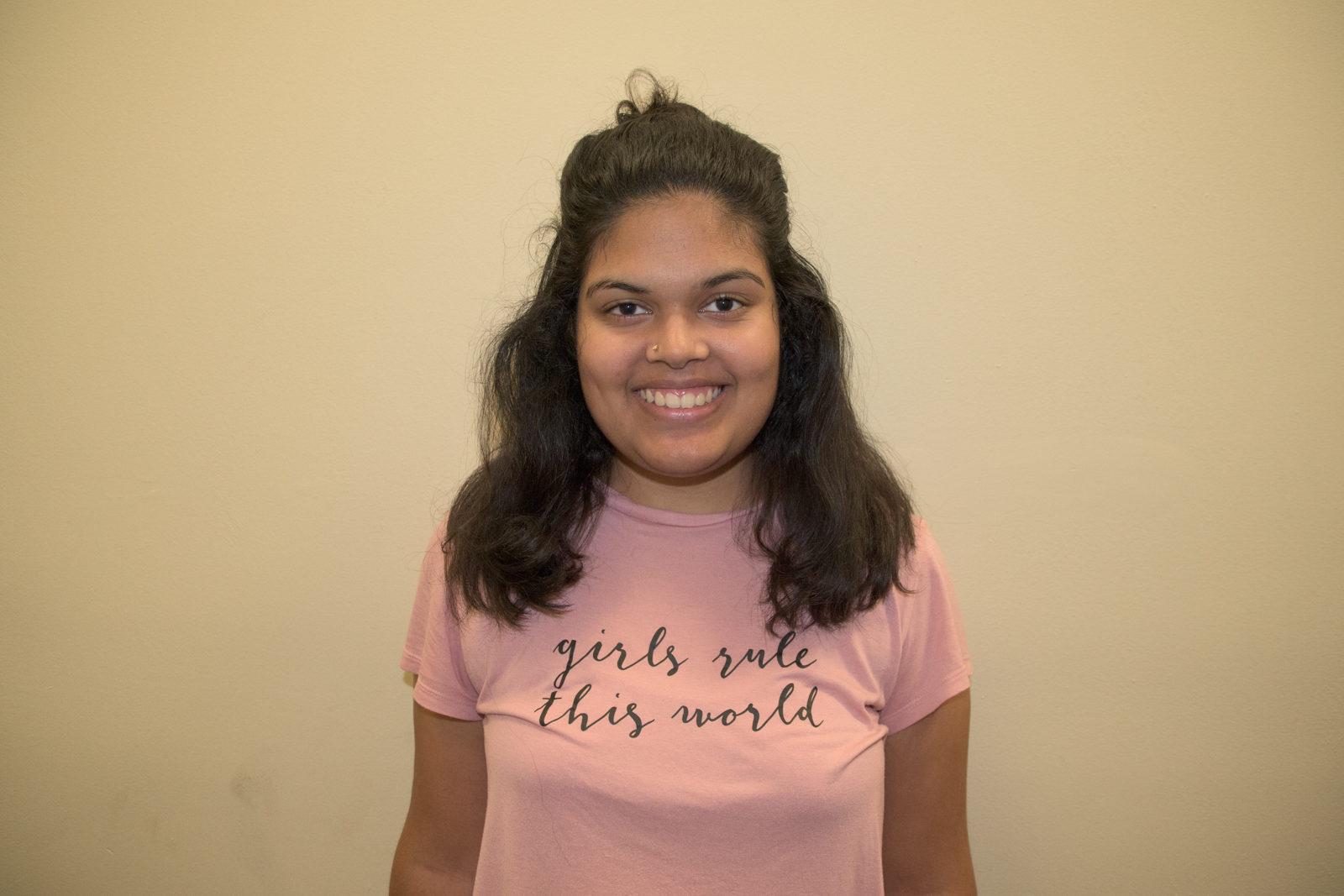They say a picture tells a thousand words. In my time growing up in this country, I have been taught about a few powerful photographs that stand out in history. In the Great Depression, the photo was the “Migrant Mother,” during the Vietnam War, it was the “Napalm Girl,” and in the 1980s, it was the “Afghan Girl.”
Most recently — three days ago — it was the image of a woman on the San Ysidro border in San Diego, California, who was trying to pull her two daughters away from tear gas. This woman has been identified as Maria Meza, a Honduran migrant to this country who is seeking asylum.
If you don’t know what happened a few days ago at the border in San Diego, I’ll break it down for you. The port of entry on the Mexican border was closed for hours Sunday, after a group of migrants from Tijuana, Mexico, entered the area.
This rush of people caused U.S. Border Patrol to release tear gas into the area, which caused the migrants to flee. However, this event caused stronger tensions to rise among migrants trying to move through Mexico to get to the United States.
As the migrants wait for the immigration process to begin — or finish, for some — President Donald Trump has sealed all points of entry to the United States from Mexico and pushed to keep the migrants in Mexico.
This topic hits home for me — literally. I was born and raised in San Diego, and I am a brown child of immigrants. While my parents didn’t flee from their home country to come here, I, unlike the unfortunate leader of this country, have a heart and still empathize with the families who are trying to make safe passage into the United States.
Seeing the photograph of Meza really made me frustrated about the president’s view of what this country should look like. Our country is, and already has, been great because of the people who make it up.
What the president doesn’t understand is that not everyone trying to cross the border is trying to “steal American jobs.” For Meza, a single mother of five children, moving to the United States means providing a better life for her kids. The majority of the people trying to cross the border are just trying to be able to support their families.
When I was in high school, I volunteered at an organization called The AjA Project, whose mission is to empower underrepresented women and children using photography as a medium. One of their programs, which started in 2016, that is extremely important during this political climate is called Border Click. It’s a multimedia project that documents the “complexities and everyday aesthetic encounters of the transborder experience,” taken by youth participants who cross the US/Mexico border on a daily basis.
The work that organizations like The AjA Project and others do is vital for the progression of this country. Women and children like Maria and her family shouldn’t have to fear for their lives if they are seeking a better life.
The power of photography is incredible. Certain photographs become impactful because we look at them from a privileged perspective, and many of us are empathetic to the struggles of other people.
Immigrants are a vital part of this country. We literally need them to survive. In the wise words of Hasan Minhaj, “If these people are willing to risk their lives to travel 3,000 miles and apply for asylum at our borders, we owe it to them to at least look over their application, because at some point someone was willing to look over ours.”




















































































































